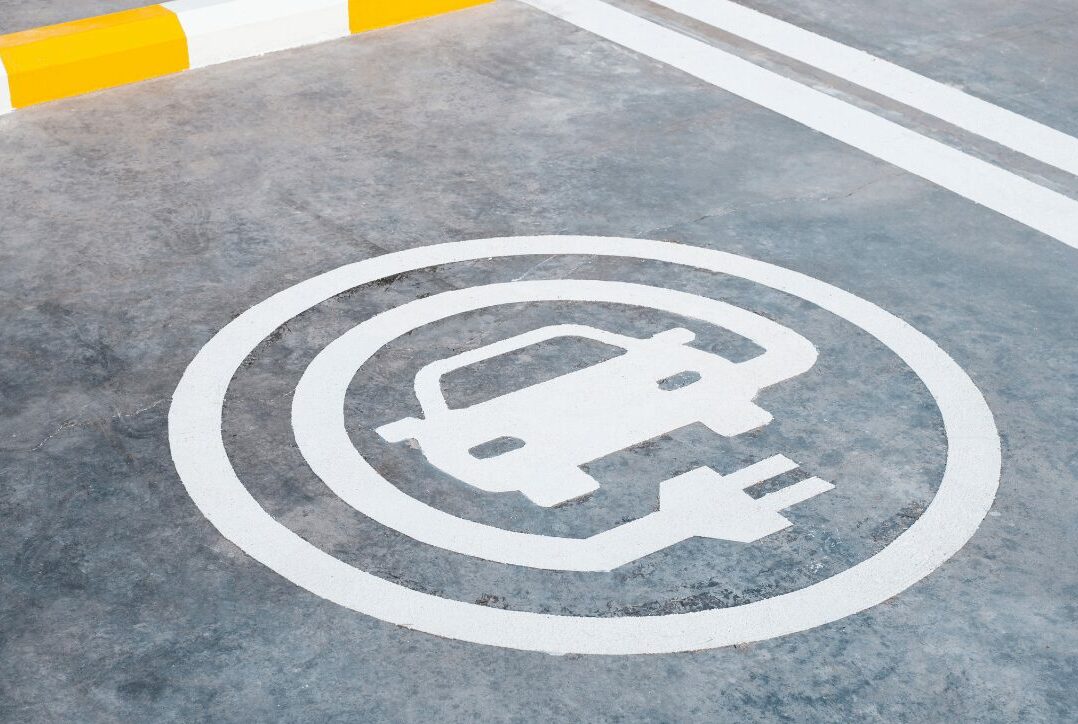Vulnerable road user (VRU) is a term used to describe any road user who is not inside a motor vehicle. This can mean a pedestrian, a cyclist (or motorcyclist), a scooterist, or someone in a wheelchair. Compared to motorists, VRUs are much more likely to suffer from severe injuries or death in a traffic accident due to their lack of external protection. Although vehicle-pedestrian crashes are much less common than vehicle-vehicle crashes, these accidents still contribute to a significant number of road fatalities. According to the Insurance Institute for Highway Safety (IIHS), pedestrian fatalities account for 17% of all casualties from traffic accidents, while cyclist fatalities account for another 2%.
Why Are VRU Fatalities Increasing?
During the past decade, we have seen significant improvements in Advanced Driver-Assistance Systems (ADAS), including features like pedestrian detection and warning. This gives us an intuition that VRU safety must have been improving. Shockingly, a completely opposite trend was observed. Pedestrian fatalities have in fact increased by 51% over the past ten years, most of which occurred in urban areas.
Given all the technological advancements, why isn’t the pedestrian fatality rate falling? One possible explanation is the growing popularity of SUVs, which are taller than sedans and more likely to hit the pedestrian’s upper body in crashes. Another likely cause is that both drivers and pedestrians today face constant smartphone distraction, making them less focused and attentive on the road.
The Struggles to Keep VRUs Safe
Over the past few years, urban planners and policymakers have been implementing progressive approaches to improve VRU safety by either eliminating roadways in crowded urban centers or reducing the speed limit to less than 30 km/h in city streets. However, these countermeasures are only effective in cities with a well-established public transit system that can handle a drastic increase in passengers. For many cities that rely heavily on personal vehicles, implementing such measures can be quite disruptive and inefficient for daily commuters.
Protecting VRUs isn’t about sacrificing one group for the other. It is essentially about protecting everyone, as every driver technically becomes a VRU the moment they exit the car. Hence, finding a balanced solution that benefits both motorists and VRUs is crucial. In this regard, V2P technology shows great potential. V2P (vehicle-to-pedestrian) technology is a sub-type of V2X (vehicle-to-everything) communications technology that allows vehicles to communicate with pedestrians in real-time wirelessly. With V2P, vehicles and pedestrians will be able to cooperate seamlessly on the road to prevent accidents.
How Does V2P Differ From V2V and V2I?
V2P operates under the same mechanism as other types of V2X communications like V2V (vehicle-to-vehicle) and V2I (vehicle-to-infrastructure). However, there are some unique aspects of V2P that make its deployment and application somewhat different from the other two.
Installation
To enable any V2X communication, a V2X connectivity unit must be installed on every end entity of the ecosystem. An end entity can be a vehicle, a traffic signal, a roadside camera, and many more. The V2X connectivity units can either be embedded within the end entities during the manufacturing process or externally connected to existing vehicles and infrastructure that do not have embedded units.
However, we cannot simply install V2X connectivity units on unpowered V2P entities like bicycles, scooters, skateboards, wheelchairs, and of course, the human body. In this case, smartphones can act as end entities. A compact and lightweight portable V2X device can be plugged into the mobile devices of VRUs so that they can easily participate in V2P communications. These portable V2X devices are extremely versatile and can be plugged anytime into all kinds of smart devices such as phones, tablets, and vehicle head units via common ports like USB-C.
Another potential deployment method relies on a specific type of V2X mode—the C-V2X Uu interface. Different from the PC5 interface—which enables end entities to communicate directly with each other without going through any medium—the Uu interface sends all messages through the mobile broadband spectrum, connecting all entities to the cellular network. Under this mode, all smart devices with cellular connectivity become readily available V2X connectivity units with no need for external hardware.
Application
Whereas V2V and V2I communications are used to serve the purpose of vehicle-infrastructure cooperated autonomous driving (VICAD), V2P adds VRU cooperation to the mix, taking autonomous driving to the next level. By doing so, it further enhances the safety of autonomous driving in urban areas by complementing conventional ADAS and pedestrian warning systems. In application, vehicles receive the real-time location, speed, and direction of every VRU in their surroundings, allowing them to respond immediately to all kinds of unexpected behaviours.
On the other hand, V2P can also be used to issue warning messages to pedestrians. Many observational studies have pointed out the severity of pedestrian smartphone distraction. One study in Melbourne found that 20% of all walkers were on their smartphones while crossing the road. These “smartphone zombies” are at a significantly higher risk of traffic accidents. With V2P-enabled smartphones, these walkers can be alarmed at traffic signals and pedestrian crossings.
Better Autonomous Driving Starts from Road User Cooperation
Even though most developments in autonomous driving have been focusing on V2V and V2I applications, we should not forget that vehicles are not the only road users. To make autonomous driving smarter and safer, more participants should be invited to join the ecosystem. Adding VRUs to the cooperated autonomous driving mix has the potential to greatly reduce vehicle-VRU accidents and improve road safety and efficiency in urban areas.
AUTOCRYPT is actively working on developing technologies that accelerate V2P deployment. To stay informed and updated on the latest news about AUTOCRYPT and mobility tech, subscribe to AUTOCRYPT’s quarterly newsletter.
To learn more about AUTOCRYPT’s mobility service solutions, contact global@autocrypt.io.



